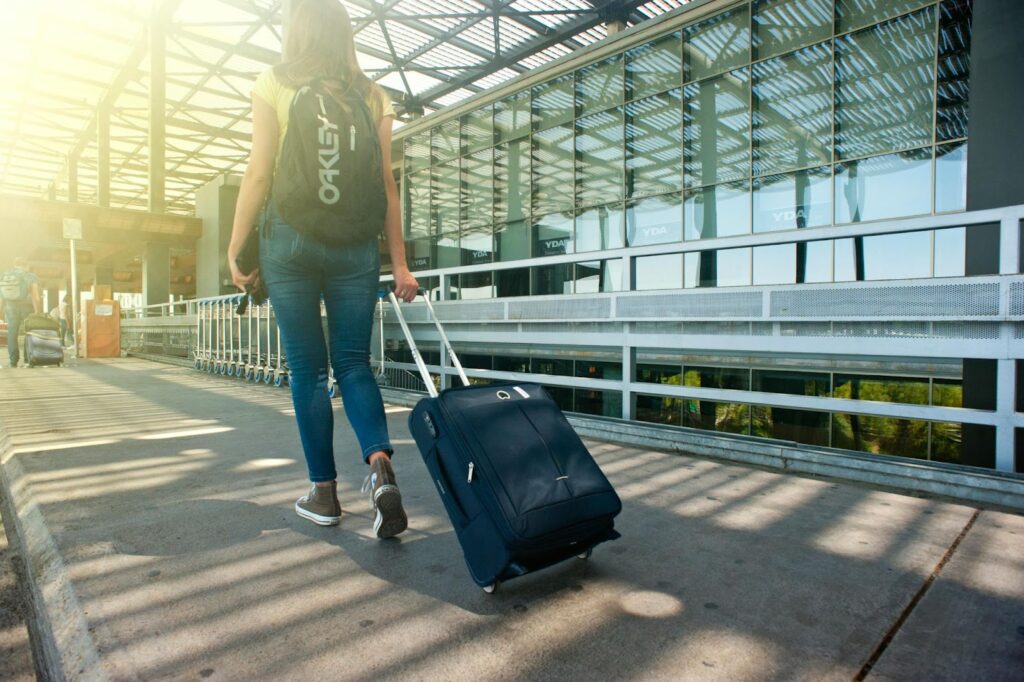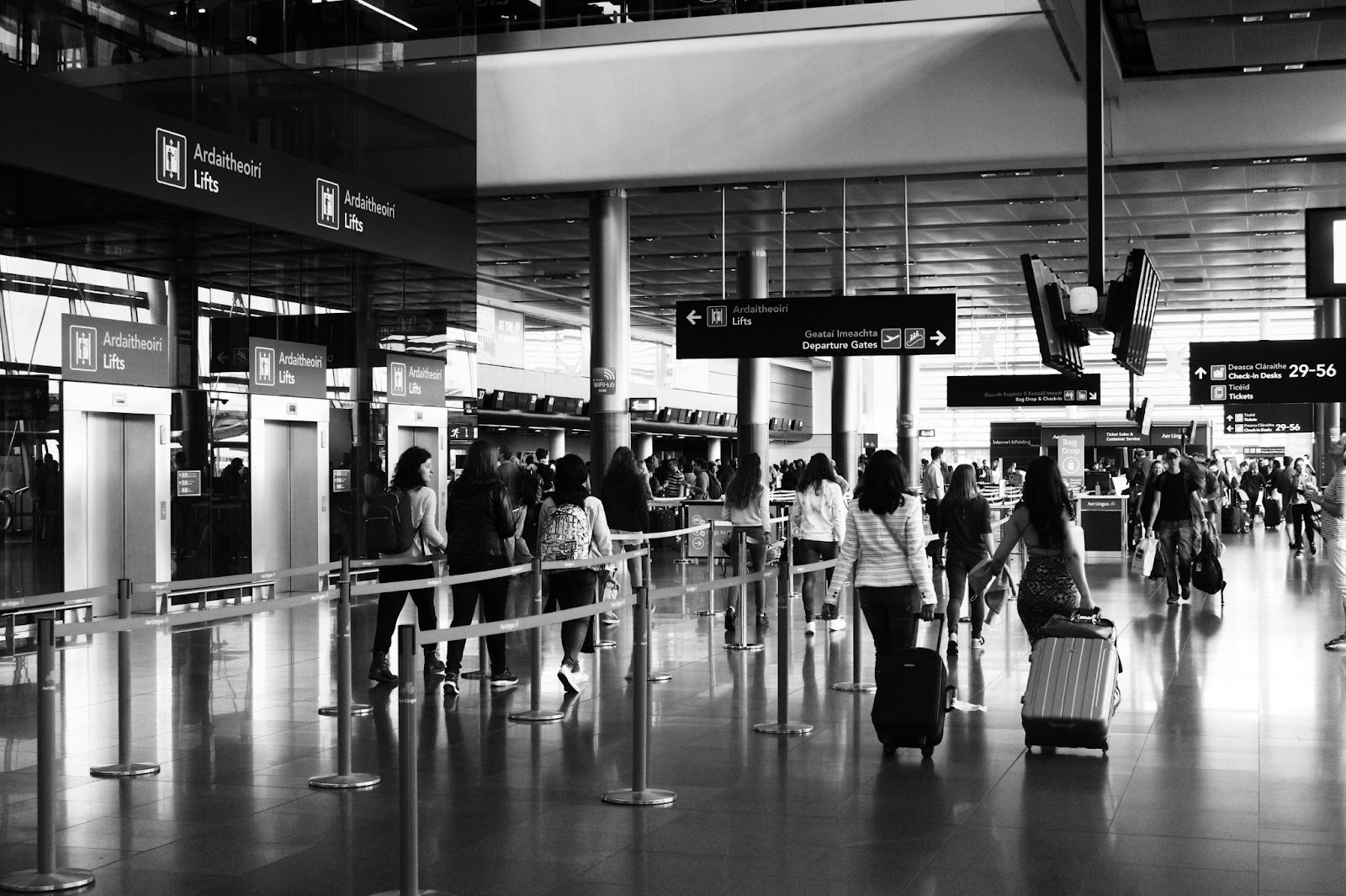A universal experience, travel opens minds, promotes cross-cultural dialogue, and gives one a sense of independence.
However, because of the numerous barriers that still exist in the industry, traveling can be a daunting and frustrating experience for the Deaf community.
When it comes to navigating airports, making hotel reservations, and obtaining necessary services while traveling, the Deaf community still faces substantial obstacles despite advancements in technology and increased public awareness of disability rights.
This article examines the challenges that the Deaf community faces in the travel industry and the continuous initiatives to foster an environment that is more inclusive.
It is possible to make the travel industry more accessible and guarantee that Deaf people have the same opportunities to enjoy travel as everyone else by raising awareness of these issues and pushing for improved procedures.

Communication Barriers in Airports
Airports are frequently the beginning point of a trip, but Deaf travelers may encounter a maze of challenges there.
Since many parts of air travel depend on spoken announcements and audible signals, communication is fundamental to these difficulties.
The absence of easily accessible communication channels during the security check, boarding, and check-in procedures is one of the biggest obstacles.
While some airports have made progress—for example, by employing text-based alerts or displaying visual information on screens—the uniformity of these actions varies widely.
Due to the fact that announcements regarding gate changes, flight delays, and boarding procedures are only made over loudspeakers, deaf passengers frequently miss important information.
Furthermore, communicating with airline staff can be challenging if staff members lack basic sign language training or if other means of communication, like written notes or digital tools, are not easily accessible.
For Deaf travelers, this lack of preparation can result in miscommunication, elevated anxiety, and a feeling of marginalization.
Limited Accessibility in Accommodations
Another difficulty for Deaf people when traveling is finding appropriate lodging.
Even now, a lot of lodging establishments and vacation rentals lack the most basic accessibility amenities to meet the needs of their Deaf visitors.
For example, hotel rooms frequently lack visual fire alarms, which are essential for guaranteeing the safety of Deaf people in the event of an emergency.
Furthermore, if the hotel does not have sign language-trained employees or does not provide alternative communication options, like text messaging, then interacting with staff can be challenging.
There are situations when accommodations claim to be accessible, but this is not always the case.
Deaf travelers may encounter environments that are unsafe or have outdated accessibility features that are not maintained at all.
Barriers to Accessing Information and Services

The Deaf community encounters obstacles when attempting to obtain information and services while traveling outside of airports and lodging facilities.
Deaf travelers are disadvantaged by the fact that many tourist attractions, guided tours, and transportation services are created with hearing people in mind.
One well-liked method of seeing museums, historical sites, and other attractions is through audio-guided tours.
But as these tours usually involve spoken narration, guests who are Deaf are not included.
Although some attractions now provide written transcripts or video guides with interpretation in sign language, these services are not always offered and the quality varies.
There are additional difficulties with transportation services like buses, taxis, and ride-sharing websites.
Communicating with drivers can be challenging for many Deaf travelers, especially when attempting to convey preferences or directions. What makes things more difficult is that these services do not have any text-based communication tools or visual indicators.
Efforts Toward Greater Inclusivity
Encouraging efforts have been made to make travel more inclusive for the Deaf community, despite ongoing challenges.
Technology advancements and the advocacy of disability rights organizations have resulted in some positive changes in recent years.
Airports and airlines are progressively implementing more Deaf-friendly procedures.
For instance, video relay services (VRS) are now available in some airports, enabling Deaf passengers to interact with staff members using sign language interpreters.
Furthermore, some airlines offer Deaf passengers captioned content and sign language announcements on their in-flight entertainment systems, which enhances and lessens their travel experience.
More lodging establishments in the hospitality sector are starting to add accessibility features made especially for guests who are Deaf.
This entails setting up visual fire alarms, providing room service requests via video call, and making sure their booking platforms and websites are completely accessible.
In addition, online resources that focus on providing accessible travel accommodations—like Airbnb’s “Accessibility Needs” filters—are contributing to closing the gap.
More and more tourist destinations are realizing how important inclusivity is.
Sign language interpreters and video guides are increasingly available at historical sites, museums, and galleries.
Even more attractions are providing Deaf-led specialty tours, so visitors who are Deaf can participate fully in the experience without feeling left out.
The Role of Technology in Enhancing Accessibility
Technology is essential in removing obstacles for travelers who are Deaf.
Deaf people are finding it simpler to interact with service providers, find information, and navigate new environments thanks to mobile apps and digital tools.
Real-time transcription apps, for example, can translate spoken language into text so that Deaf travelers can follow announcements and conversations that they would not be able to hear otherwise.
Even when they are far from home, Deaf travelers can use sign language to communicate with others by using video call services like FaceTime or WhatsApp.
Furthermore, there is a growing availability of apps made especially for Deaf travelers, like those that translate audio content into visual form or interpret sign language.
Social media and online communities have made it possible for Deaf travelers to share their knowledge, advice, and experiences with others.
Websites such as YouTube, Instagram, and travel blogs are now important sources of information for Deaf people looking for recommendations on accessible places to go, things to do, and places to stay.
People can find support and direction from other Deaf travelers, which makes their travels less intimidating and more pleasurable.
Moving Toward a More Inclusive Future
Even though there is a noticeable improvement, there is still much work to be done to guarantee that the travel sector fully accommodates the Deaf community.
It takes a team effort from all parties involved in the travel industry to make the environment more accessible; it is not just the responsibility of advocates for disability rights or Deaf travelers.
Accessibility must be given top priority in the planning and execution of travel agencies, lodging facilities, airlines, and transportation services.
This entails going above and beyond to create experiences that are genuinely inclusive in addition to adhering to the law.
Providing a variety of communication options, investing in accessible technology, and teaching employees basic sign language are all actions that can have a big impact.
In order to guarantee that Deaf travelers are not left behind, governments and regulatory agencies should also enforce and broaden accessibility standards.
The travel industry can move toward a future where everyone, regardless of hearing ability, can benefit from travel by establishing clear guidelines and holding companies accountable.
In summary, removing the obstacles that prevent the Deaf community from traveling is a continuous task that calls for cooperation, ingenuity, and advocacy.
The travel industry can take major steps toward inclusivity by utilizing technology, addressing communication barriers, and enhancing accommodations’ accessibility.
In the end, everyone should find travel to be a rewarding and joyful experience, and through coordinated efforts, we can guarantee that the Deaf community is no longer excluded from this vital aspect of life.
For those who are looking for additional support, Unspoken Language Services offers interpreting services to help bridge the communication gap between the deaf and hearing communities.
Thumbnail Photo by Oleksandr P

